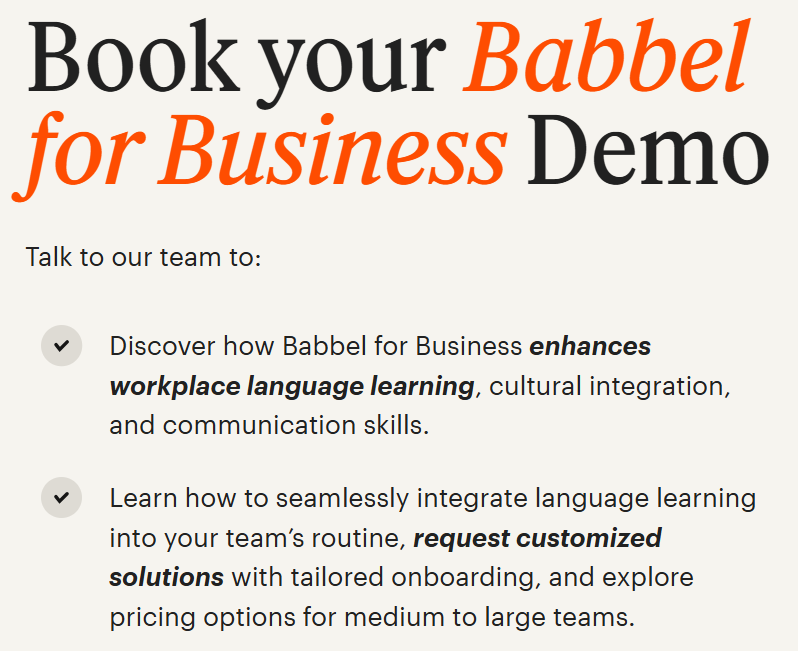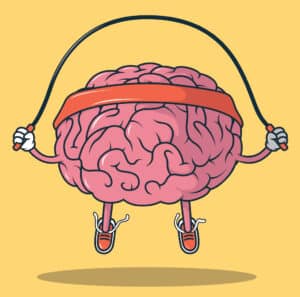Soft skills training is more than a buzzword—it’s a strategic investment. Businesses are pouring resources into improving communication, collaboration, adaptability, and emotional intelligence across teams. But there’s one powerful form of soft skill training that often flies under the radar: language learning. Wait, you may be asking, isn’t learning language measurable, and therefore a hard skill? The answer is that language learning is both a hard skill and a soft skill. There’s the measurable, “hard” side of it. Then there are all the other benefits it brings which enhance soft skills.
Learning a new language, especially one relevant to your workforce or customer base, isn’t just about the vocabulary you memorize. It’s about building the competencies soft skills training is designed to strengthen. Here’s why language training at work is the hard skill that deserves a front-row seat in your soft skills strategy.
What Is Soft Skill Training?
Soft skill training refers to the structured development of interpersonal, emotional, and cognitive skills that enable employees to interact effectively with others. These include:
- Communication
- Teamwork
- Leadership
- Problem-solving
- Empathy
- Adaptability
Soft skills are more difficult to measure than “hard” skills, like coding. But, arguably, they’re more essential to workplace success. If your company has collaborative, multicultural, or customer-facing roles, you’re neglecting your soft skills training by not training your team in skills like language learning.
📚 Want to learn more about the science of how adults learn languages…
and how it benefits them?
Download your copy of The Science of Adult Language Learning here
Language Learning Is a Hard Skill AND a Soft Skill
When employees engage in workplace language learning, they’re not just memorizing vocabulary or grammar. They’re actively developing:
- Cross-cultural communication: Understanding nuance, tone, and context across languages.
- Empathy and perspective-taking: Seeing the world through someone else’s linguistic and cultural lens.
- Confidence and adaptability: Navigating conversations outside of their comfort zone.
- Listening skills: Tuning into both verbal and non-verbal communication.
- Emotional intelligence: Managing the complexities of human interaction across language barriers.
- Cognitive health: learning a language challenges new parts of the brain, making the learner more adaptable and sharp.
In short: language learning builds every foundational soft skill your training programs aim to teach. Plus it gives employees a measurable, usable skill.
Why Employers Should Prioritize Language as a Soft Skill
For companies operating across diverse teams, global markets, or frontline workforces, language isn’t just a perk—it’s a performance enhancer. Here’s what language learning adds to your soft skills toolkit:
1. Improved Team Communication
Soft skill training is often aimed at improving collaboration. But if teams can’t understand each other due to language barriers, no amount of teamwork training will help. Bilingual or multilingual teams with shared language competency communicate faster and more accurately.
2. Higher Customer Satisfaction
Employees with strong soft skills—and the language ability to apply them—can resolve issues more quickly and empathetically. This is especially true in industries like hospitality, healthcare, and logistics.
3. Stronger Leadership Pipelines
Language learners develop confidence, clarity, and the ability to connect across backgrounds, key traits for future leaders.Offering language training to top performers can build the confidence to speak up and develop leadership skills.
4. Greater Cultural Competence
Language learning fosters inclusion and reduces miscommunication among multilingual employees.
How to Conduct Soft Skills Training Through Language Programs
Not all language programs are created equal. To support soft skill development, look for a blended learning approach that combines:
- Self-paced digital lessons: To build vocabulary, grammar, and basic communication skills.
- Live virtual classes: For real-time conversation practice and cultural discussion.
- Industry-specific content: So learners practice language relevant to their role.
- Learner success support: To keep learners motivated and progressing toward communication confidence.
If you’re investing in soft skills training, don’t overlook one of the most impactful tools in your toolkit: language learning. It not only offers the hard skill of measurable language gains, it strengthens empathy, adaptability, neuroplasticity, and leadership—the skills modern workplaces need most.
Language is the bridge between knowledge and connection, and the most underrated way to power up your people.

See how leading companies are upskilling teams with language learning
Talk to our team to explore how language learning can level up your employees.






